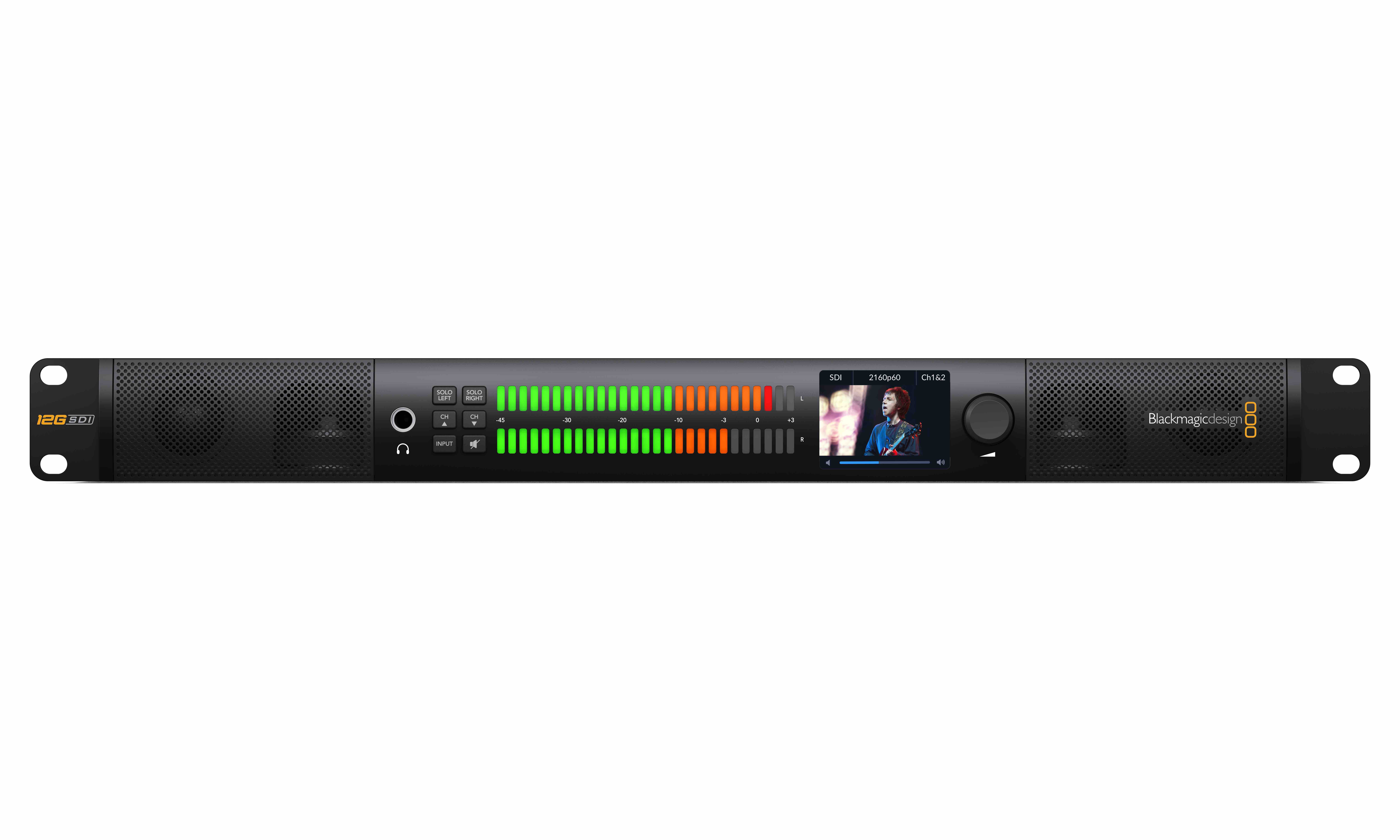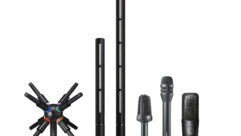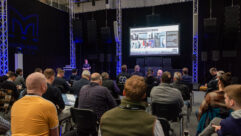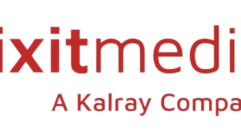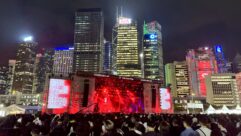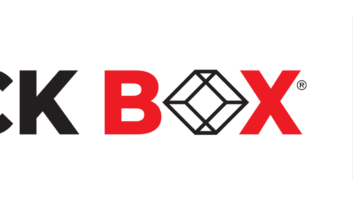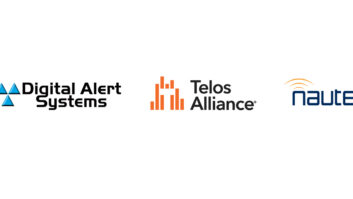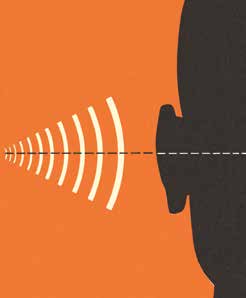

When the topic of noise comes up, the adage that “One man’s floor is another man’s ceiling” becomes palpably relevant, especially if you’re the one in the downstairs apartment. That’s how many of the residents of Morrison, Colorado, felt about the growing number of electronic dance music (EDM) and other amplified music concerts being booked at the Red Rocks Amphitheater, an open-air, acoustically natural venue used for live performances for over a century. Red Rocks Amphitheater is owned and operated by the city of Denver, 15 miles to the east, but Morrison, a western suburb of the city, is barely a mile from the venue.
The issue came to a head in 2013, when residents voiced their concerns at town meetings, focusing in particular on the increased volume of bass sound being emitted during EDM shows, as that genre grew in popularity during the decade. The venue enacted new rules, setting a limit of 105 dBA after midnight on weekdays and an hour later on weekends. Exceeding those limits could result in fines of up to $10,000 per occurrence. This improved the situation but it wasn’t enough.
“Music is a tough one,” observes Rich Zwiebel, founding principal of K2, the Boulder, CO, acoustical consulting firm the city of Denver retained to analyze the problem and look for solutions. “What’s music to one person’s ears is noise to another’s.”
Zwiebel, working with the firm’s acoustician and senior consultant, Ted Pyper, undertook what would become a nearly four-year project. The first order of business was to measure and document the sound levels coming from the venue. It wasn’t a simple task; unlike a typical concert venue, Red Rocks is as organic as it gets, and given the propagation characteristics of lowfrequency energy (LFE), even structure-borne sound energy through the bedrock slab could not be discounted initially.
A system was used to measure sound levels for two seasons, but the initial findings revealed they would need a more granular measurement protocol to provide better and faster reporting. In 2016, they brought in a QSC Q-SYS sonic analysis system. Studio Six Digital and Bruel & Kjaer sound-capture platforms were positioned outside the venue.
The data gathered translated into an abatement strategy: Music performances would be monitored by sound-measurement devices, with a limit of 105 dBA after a certain time of night. The prevalence of complaints related to LFE warranted the creation of a custom category, what K2 referred to as “dB1,” with a limit of 125 dB in the 25-to-80-Hz range after a specific time of night. Each subsequent year, the protocol was modified based on data gathered.
Everything was monitored by a system that was permanently installed at the Red Rocks FOH sound-mixing position, keeping continuous track of the critical dBA and dB1 frequency bands. The system sent emails out to K2 personnel and Red Rocks Amphitheater management, alerting them whenever any of the monitored frequencies were exceeded. If it happened three times, it would automatically trigger a fine to the event promoter.
The strategy worked. After the dB thresholds were tweaked a year later, the number of complaints dropped substantially. Refinements to the protocols were also made in each subsequent year.


